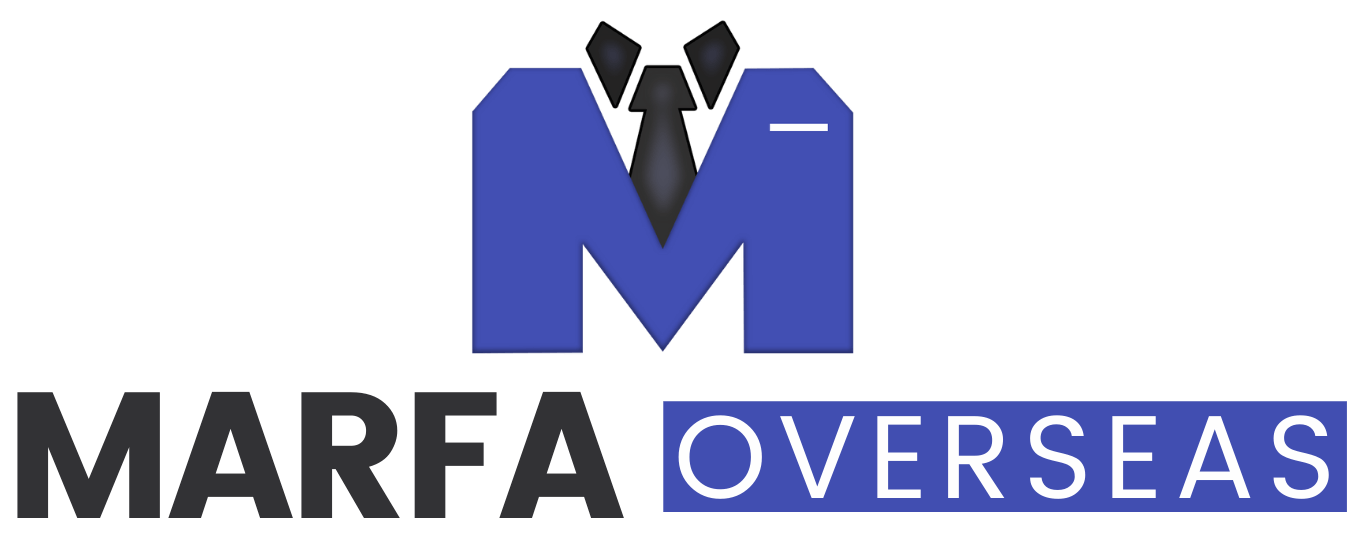Many people claim that cold calling is outdated in today’s recruitment landscape, but they may not be aware of the current market trends and hiring statistics. Recruiters are adapting to the demands of a remote world and finding ways to make cold calling more effective. While the approach has evolved to incorporate automation and personalization, the ultimate goal remains unchanged: building trusting relationships with potential candidates. Cold calling continues to be one of the most frequently employed and successful strategies for identifying qualified prospects and generating potential leads for business growth.
If you’re struggling to generate leads through cold calling, it’s possible that you’re not approaching it in the right way. This blog will provide you with valuable tips and enhance your recruitment practices and techniques. By mastering the art of cold calling, you can improve your ability to connect with potential candidates and achieve greater success in your recruiting endeavors.
What is cold calling in the Context of Recruitment?
In the field of recruitment, cold calling involves recruiters making phone calls to individuals who may be potential clients or job applicants. Typically, these calls are initiated without any prior verbal contact between the recruiter and the prospect. In the context of HR recruitment, cold calling refers to reaching out to hiring managers, professionals, or individuals who could potentially be interested in job opportunities. Recruiters companies engage with job seekers, whether actively seeking employment or not, to inform them about available positions and encourage them to apply. Cold calling serves as a proactive approach to connecting with potential candidates and fostering relationships in the recruitment process.

What is a Cold Calling Recruitment tips to engage Top Candidates?
Showcase company culture:
Highlight your company’s culture, values, and positive work environment. Discuss any unique perks, benefits, or flexible work arrangements that could be appealing to candidates. Demonstrating a strong culture can help attract candidates who are not only qualified but also align with your company’s values.
To avoid potential awkwardness during a cold call, it’s important to anticipate situations where the applicant may not be familiar with your company. Instead of directly mentioning your company’s name and risking a negative response like “Sorry, I haven’t heard about it,” it’s advisable to gather information about your client or your firm that would pique the interest of potential candidates. This allows you to provide a brief introduction of the business during the call, creating a safer and more engaging conversation with the prospects. By doing so, you can focus on highlighting the unique aspects of your company that would attract candidates, rather than assuming prior knowledge that may not exist.
Follow up promptly:
If a candidate expresses interest or requests more information, make sure to follow up promptly. Provide any additional details they need and address any outstanding questions. Prompt and professional communication leaves a positive impression and helps maintain candidates’ interest.
Build relationships:
View cold calling as an opportunity to build relationships rather than simply filling a position. Even if a candidate isn’t interested in the current opportunity, maintaining a positive connection can lead to future opportunities or referrals. Keep in touch periodically to stay on their radar.
Continuous improvement:
Regularly evaluate and refine your cold calling strategy. Analyze the results, track your success rates, and make adjustments accordingly. Experiment with different approaches, scripts, or techniques to find what works best for attracting quality candidates.
Develop a compelling pitch:
Craft a concise and compelling message that highlights the benefits of the position and your company. Clearly articulate what sets your opportunity apart and why it would be attractive to potential candidates. Focus on the value proposition and how it aligns with their aspirations.
Personalize your approach:
Avoid generic scripts and instead personalize your conversation. Mention specific details from the candidate’s background or achievements that caught your attention. This demonstrates that you’ve done your homework and are genuinely interested in their potential fit.
Be respectful of their time:
Cold calls can be intrusive, so be mindful of the candidate’s schedule. Introduce yourself briefly and ask if they have a few minutes to speak. If they’re busy, offer to schedule a call at a more convenient time. Respect their response and avoid being pushy or aggressive.

Engage in active listening:
Pay close attention to the candidate’s responses and actively listen to their needs, concerns, and aspirations. Ask open-ended questions to encourage them to share more about their career goals and what they’re looking for in their next opportunity. This will help you understand if your position is a good fit for them.
Highlight career growth opportunities:
Emphasize the potential for professional development and growth within your organization. Discuss the training programs, mentorship opportunities, or any other initiatives you have in place to support employees’ career advancement. Quality candidates are often attracted to positions that offer room for growth.
Wrap-up of Cold Calling in Recruitment
Cold calling in recruitment is a method of reaching out to potential job candidates or clients without any prior contact or relationship. It involves making calls to individuals or companies to generate interest and explore potential opportunities. While cold calling can be a challenging and time-consuming approach, it can yield positive results when executed effectively. It allows recruiters to tap into a wider pool of talent and expand their network. However, it is crucial to approach cold calling with professionalism, personalization, and respect for the recipient’s time. Building rapport and delivering a compelling value proposition is essential to maximizing the chances of success.

